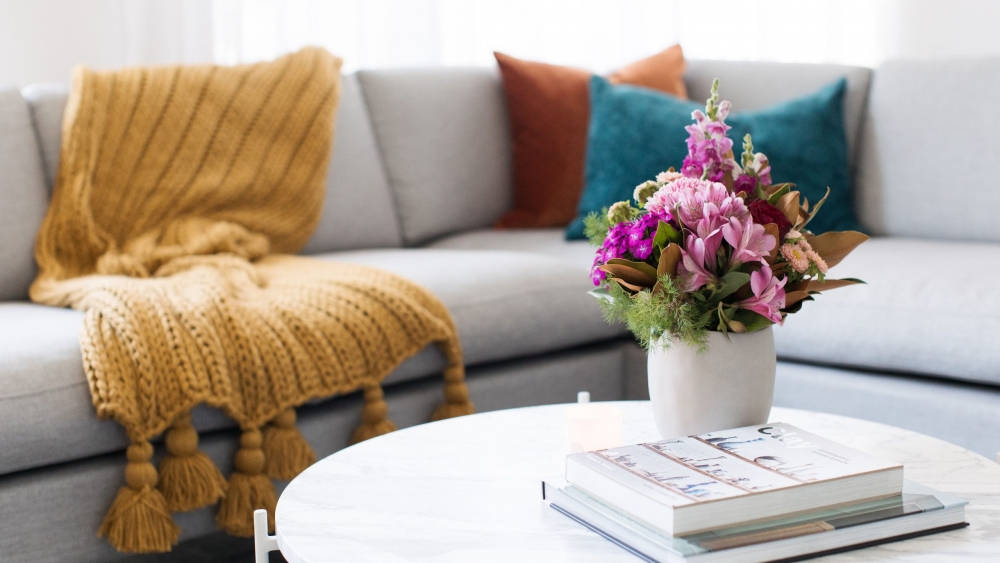Once you’ve found the house of your dreams and are ready to move in, there’s still something to consider: furniture. According to the National Association of Home Builders, the average new home buyer spends about $3,778 on furnishings alone with some estimates reaching even higher. So, you’ll want to be careful to choose furniture that you love. Here, we’re going to take a look at some of the best tips for choosing the right furniture for your home.
Consider Your Style
For some, starting with their style goals is the best approach. Are you a fan of the sleek lines of modern design or minimalism? Do you prefer the rugged, natural look of rustic design?
Of course, choosing among countless interior design styles is more than slightly overwhelming. There are some resources online that can help users analyze their interests and how to consolidate that into a theme. Remember, since you’re investing a lot into this design, you’ll want to consider long-term interests. It’ll be pretty disheartening to purchase rooms full of furniture only to fall out of love with it a year in.
It also helps to consider the vibe of a room to decide its design. What would help make the bedroom relaxing? How can the living room be inviting for guests? A big part of interior design is reflecting feelings into appearance.
Start with the Staples
There are a few reasons to start with staple pieces such as beds, couches, and tables. On the more practical side, it puts your money into the necessities. Most people don’t purchase every piece of furniture for their home in one bulk purchase. So, this strategy will keep you from having the perfect lamp in your living room but having to sit on the floor.
These big pieces also set the stage for your style. It’s much less stressful to try and find touches that match the perfect couch rather than designing a whole room around a single accent piece.
Add Personality with Unique Pieces
While many idolize catalog and Pinterest-perfect styles, copying them down to the smallest details can suck the personality of the room. It goes a long way to look for accent pieces that add personal touches. This could be art you like, a uniquely shaped decorative piece, throw pillows with an interesting pattern, or a number of other touches.
Pay Attention to Construction
While style is important, your investment should also consider the longevity of the furniture. Any large investment you make – furniture or otherwise – should go to something that’s going to last for a while. It can be tempting to get the cheapest option but you have to prepare for replacing it at a quicker rate than more sturdy options.
If you enjoy DIY projects, you’ll want to also make sure to create sturdy objects. This can mean not substituting with flimsy material and making sure you have the right tools for the job.
Pay Attention to Colors
The color of the furniture can change the feel of a room just as much as the shape of it does. Not to mention, there are some colors that are more practical than others.
Warm colors tend to give a room a more inviting atmosphere. Pairing colors that are opposite to one another on the color wheel also creates some beautiful results. Don’t forget to consider paint colors when choosing complimentary furniture. Staining wood items can also lend to color schemes. Rustic and farmhouse themes, though, usually leave wood bare to preserve its natural beauty.
Moving back to practicality, dark colors are better in high-traffic areas or ones that are likely to get messy. That beige chair might look perfect in your living room but it probably won’t retain its looks around young children.
Consider Functional Pieces
No matter how big your home is, you’re eventually going to have to contend with space. An efficient way to tackle this before it becomes a large problem is to look for functional pieces. This could include an ottoman with storage or a pull-out couch that can work for a guest in a pinch. This will prevent clutter and disorganization.
A huge part of creating your dream home is to pick out the proper furniture. From functionality to appearances, these tips can help you choose what works best for you.

